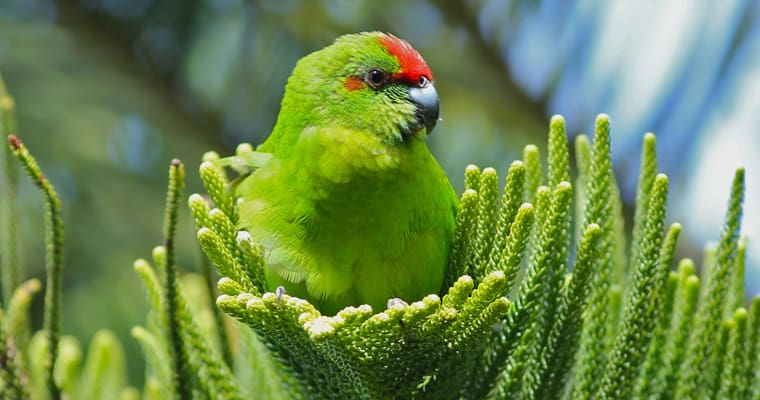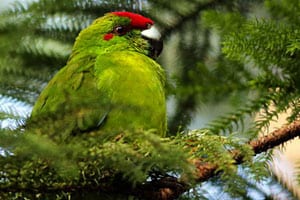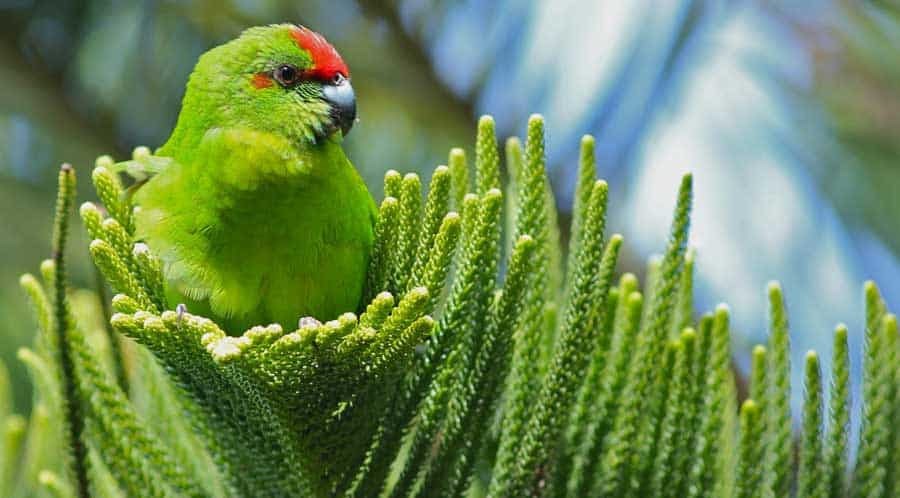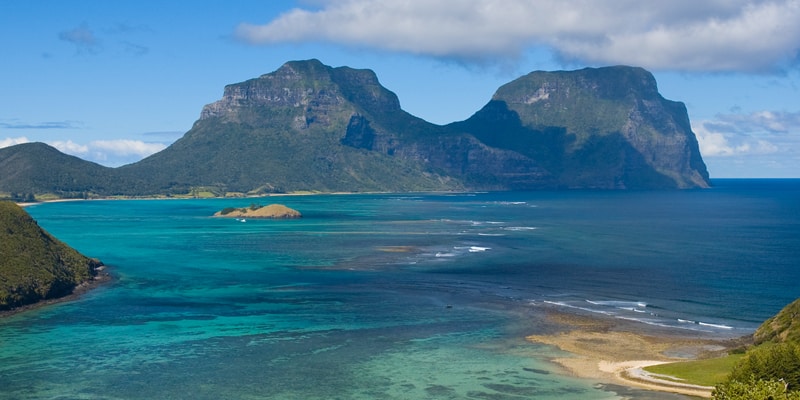There is no doubt Norfolk Island is a special place. Its hardy inhabitants are friendly and resourceful. Much of its wildlife is found nowhere else on Earth and is spectacular, but tragically, many Norfolk Island species are threatened with extinction.
Forty-six of the island’s native plants, five birds, two reptiles and five land snails are listed as threatened under Australia’s national environmental law.
Steps towards protecting an ocean jewel
In 2017 we published the report Norfolk Island: Protecting an Ocean Jewel in an effort to highlight the importance of strong biosecurity to safeguard the island’s exceptional conservation values while the island’ss administration was in a state of flux.
Self-governance for Norfolk Island had been revoked the year before and new administrative systems under direct federal government control and funding were being set up.
We had hoped that, three years later, the new arrangements would be in place.
Yes, the new Norfolk Island Regional Council is well established, but there is still much work ahead to build the island’s conservation infrastructure and its systems to protect it from harmful plants and animals. Like all things island, major decisions often require much debate and seeking consensus, and big change is hard won.
The environment-centric biosecurity system we had hoped for, which inserts a layer of controls like state-based biosecurity laws to protect the unique aspects of the island, are still to be fully established. These need to be integrated with federally run laws that protect the island such as Australia’s border controls, which prevent new arrivals, and local laws that deal with new and established pests and weeds.

Island strongholds
The great advantage of islands is that it is much easier to wind back the clock, eradicating species that were allowed to gain a foothold through mistakes, hitchhiker arrivals or deliberate introductions.
On Norfolk Island the most damaging invaders are rodents and feral cats. As our report showed there are many others too such as Argentine ants and the Asian gecko. Some 430 exotic plant species have established on the island, more than double the number of the known indigenous plants, so weed invasion remains as a dominant threat to native species.
While the 35km2 island may appear small, addressing these threats will be a major undertaking. It will also require the backing of the roughly 2000 strong local community.
After our initial work in 2017 providing materials to support community rodent baiting at Anson Bay adjacent to Norfolk Island National Park, the Invasive Species Council identified ways to further harness philanthropic support to remove impediments to the world-class conservation management the whole island deserves.
Mapping the island
A fundamental stumbling block was the lack of an up-to-date, island-wide vegetation map. By preparing a detailed vegetation map and scientifically determined vegetation types, planning about the areas worth protecting or restoring can be better justified.
We secured funding to compile two maps.
The first is of current native vegetation remnants grouped into 14 distinct plant communities. The second covers vegetation communities predicted to occur before 1750, long before the start of European settlement. The 1750 vegetation map will guide landholders with rehabilitation efforts, giving them the confidence they need to re-establish the most suitable native plants in specific locations.
It will also help attract funding for more sophisticated and ambitious conservation projects.
Plant experts Naomi Christian and Kevin Mills, with project support from Ray Nias at TierraMar, completed this ground-breaking work earlier in the year.
The results will be made available soon through the publication of the two vegetation maps and an easy-to-understand explanation of the vegetation communities.
Action on feral cats
Parks Australia had secured $150 million of federal government funding to conduct rodent baiting and accelerate cat baiting efforts. However, missing from the cat work was a program to ensure pet cats were not adding to the problem.
Again, we have secured complementary funding for a free cat desexing and microchipping program with the aim of covering the island’s population of domestic cat. Parks Australia is now offering this service to island residents.
What next?
The island’s tourism dependent economy has been ravaged by COVID-19 travel restrictions. Almost every business has been severely affected, council has shed staff and locals have been grounded. Planes full of visitors from Australia and New Zealand no longer arrive. It is hard to be optimistic in these times.
Islanders have learned the hard way how to be tough, independent and resourceful, so their commitment to protecting their unique wildlife and the needed conservation work will continue.
The Argentine ant eradication program is into the second of a three year, $1.3 million eradication program and progress is being made winding back infestations in about a dozen sites.
CSIRO has been trialling a heavy payload drone to more efficiently deliver ant baits. A major challenge will be in delivering ant bait to the sheer seaside cliffs. Argentine ants have shown a remarkable capacity to quickly re-infest ground from small areas left untreated.
The 2018 Norfolk Island environmental strategy and the recently drafted pest and noxious weed management plan are a good framework to protect and restore the islands natural assets.
With an accurate vegetation map and greater efforts to reduce the damage from the worst pests – rodents and cats – and ultimately other pests and weeds, the island is well on track to restoring its ocean jewel.
With thanks
Our work on Norfolk Island would not have been possible without the support from many project partners. Funding for most of this work was sourced from multiple grants from the Elden and Anne Foote Trust of the Lord Mayors Charitable Foundation. The Trust has become an important player in Norfolk Island’s conservation work. The work to ready the vegetation maps for publication was funded by the Norfolk Island Regional Council.
We also deeply appreciate the support of islanders, Norfolk Island Regional Council, Norfolk Island National Park and the federal Department of Infrastructure and Regional Development.




